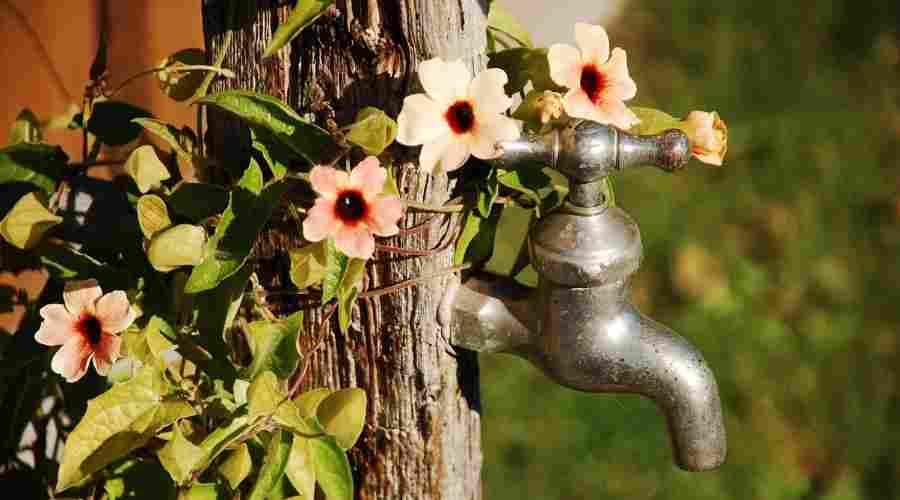The Temperate spring weather will be a welcome break from the gloomy skies, slick roads, and cold temperatures of winter. However, a sudden shift in temperature, particularly if you have a few hot days punctuated by a cold spell, will make your plumbing system havoc.
This blog lists 4 of the most prevalent plumbing and drainage issues that have arisen this time of year.
#1: Gutter Obstructions
With all the fresh plant growth in the spring, it is normal for gutters to get clogged with twigs, leaves, and other organic matter. If these obstructions become large or penetrate the dirt, they can lead to substantial damage to the water.
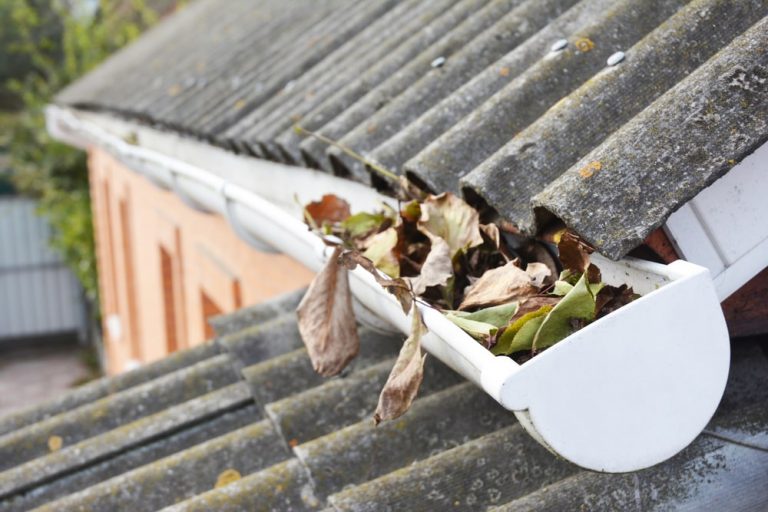
Obstructions in the gutter will cause water to spill over the sides of your roof or down the side of your house. If left unaddressed, this form of overflow can cause water damage to your walls and ceilings, in addition to staining on the outside of your house.
In certain cases, gutter blockages can cause the water to pool unnaturally. Standing water can promote corrosion, mold growth, and pest infestation.
#2: Leaking Pipes
During the winter, several pipes create leaks that may not be visible until the spring offers warmer weather. This effect is due to the expansion and contraction caused by temperature variations.
In cold weather, pipes can contract or be filled with frozen water and cracking. As the weather gets colder, the pipes may stretch, and any new leaks can become bigger.
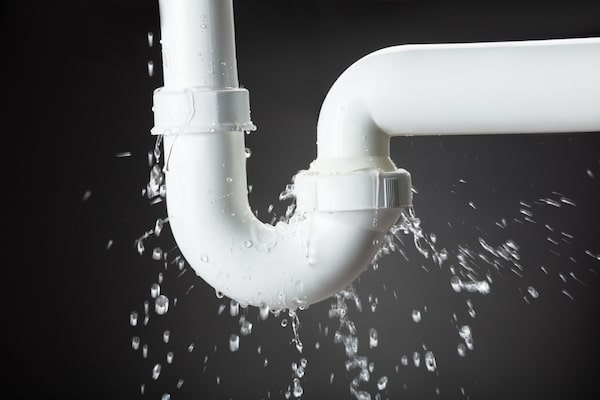
Old plumbing systems and outdoor plumbing fixtures such as your hose bib are especially susceptible to this form of leakage. However, winter weather will break every uninsulated tubing, even those directly underneath your sinks.
If you have leaky pipes, you can find leaking or stagnant water in the area affected, a higher level of water, or musty bad smells.
#3: Inadequate Water Pressure
Although low water pressure can be irritating, it is normally a symptom of another issue on this list rather than just a plumbing problem of its own.
For example, water pressure drops will result from leakage, which we will address in the next segment.
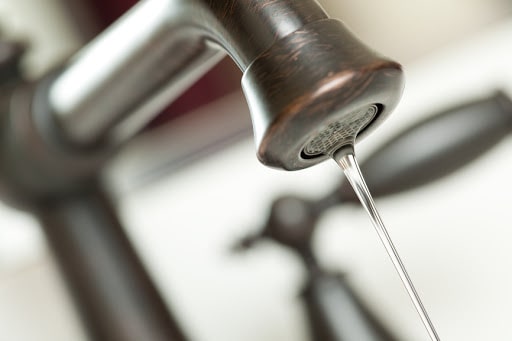
If you have several cases of low water pressure or if the water pressure does not return to normal after a few days, call the plumber.
#4: Main and Sewer Line Obstructions
New plant life can do more harm than just overflowing your gutter troughs. As trees started to develop again, their roots will disperse in search of nutrients in the soil.
Since your water supply and sewer lines contain water, tree roots can intrude through vulnerable pipes. These obstructions can lead to problems with water pressure.
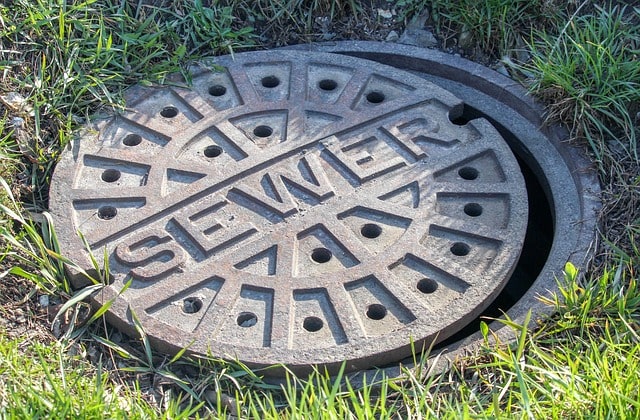
One of the more frequent and possibly most aggravating problems of springtime plumbing is slower drainage in sinks, showers, bathtubs, and floor drains. Slow drainage can occur for a number of reasons.
Specifically, abrupt changes in fixture drainage can lead to root intrusion. If a big tree root has reached the drain line, it can be impossible for water to get through the obstruction.
In this scenario, you are likely to find sluggish water movements in one or any of your drains.

